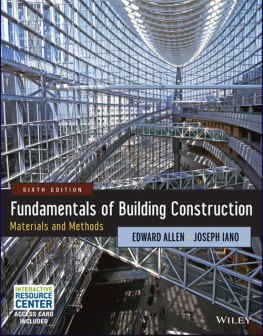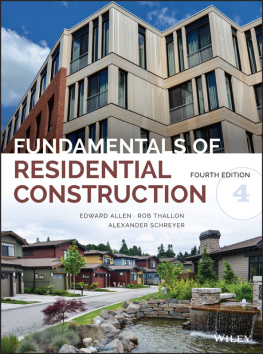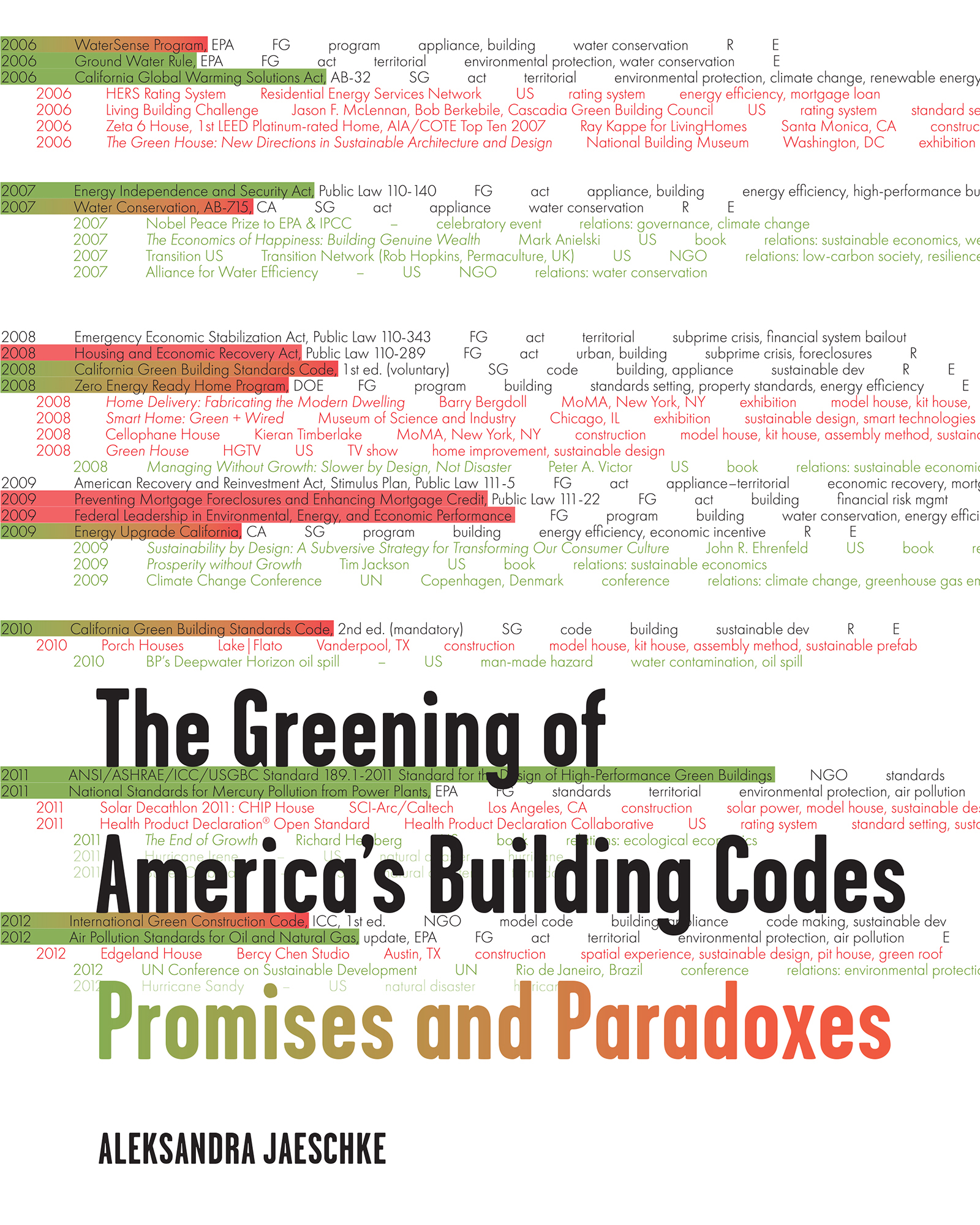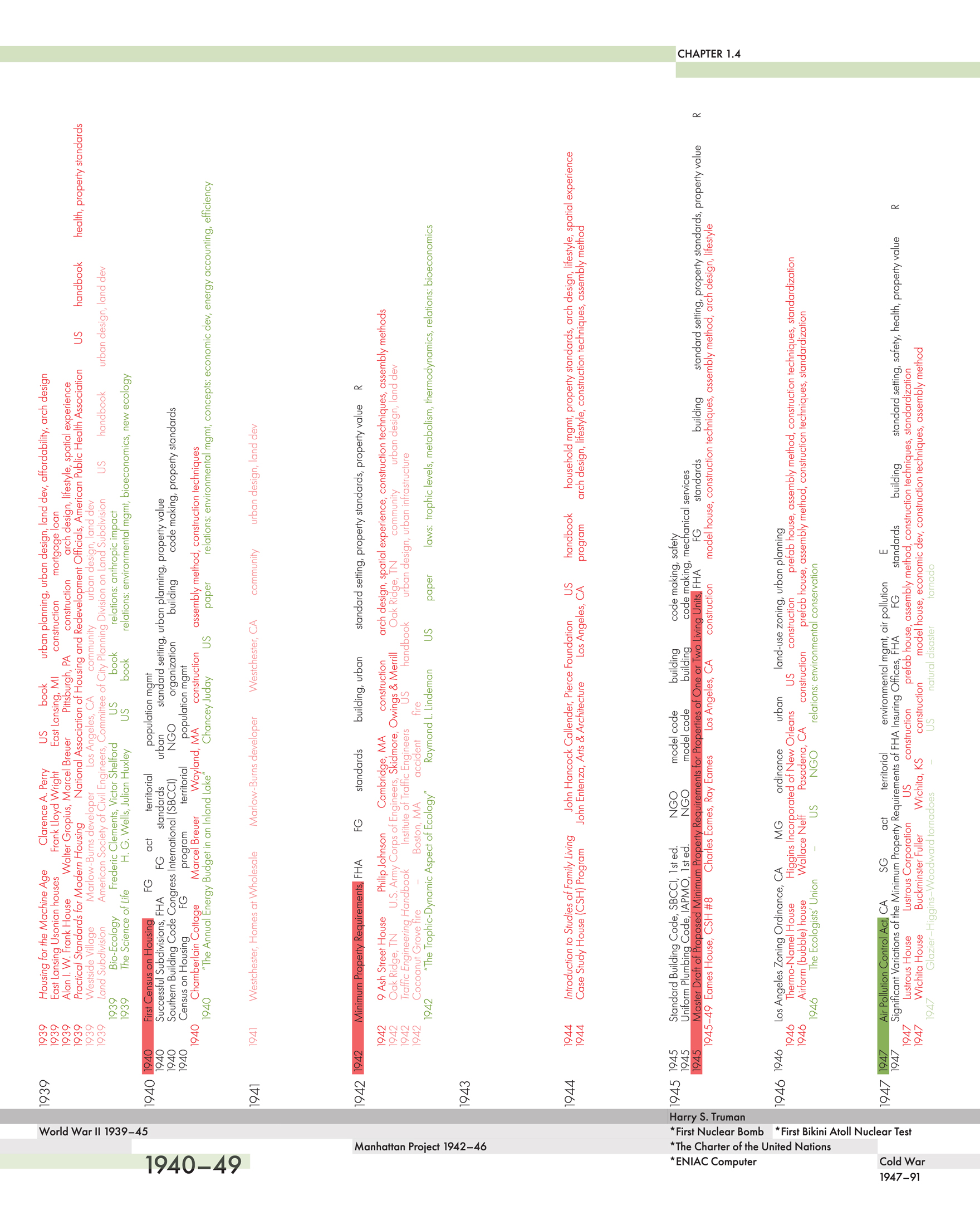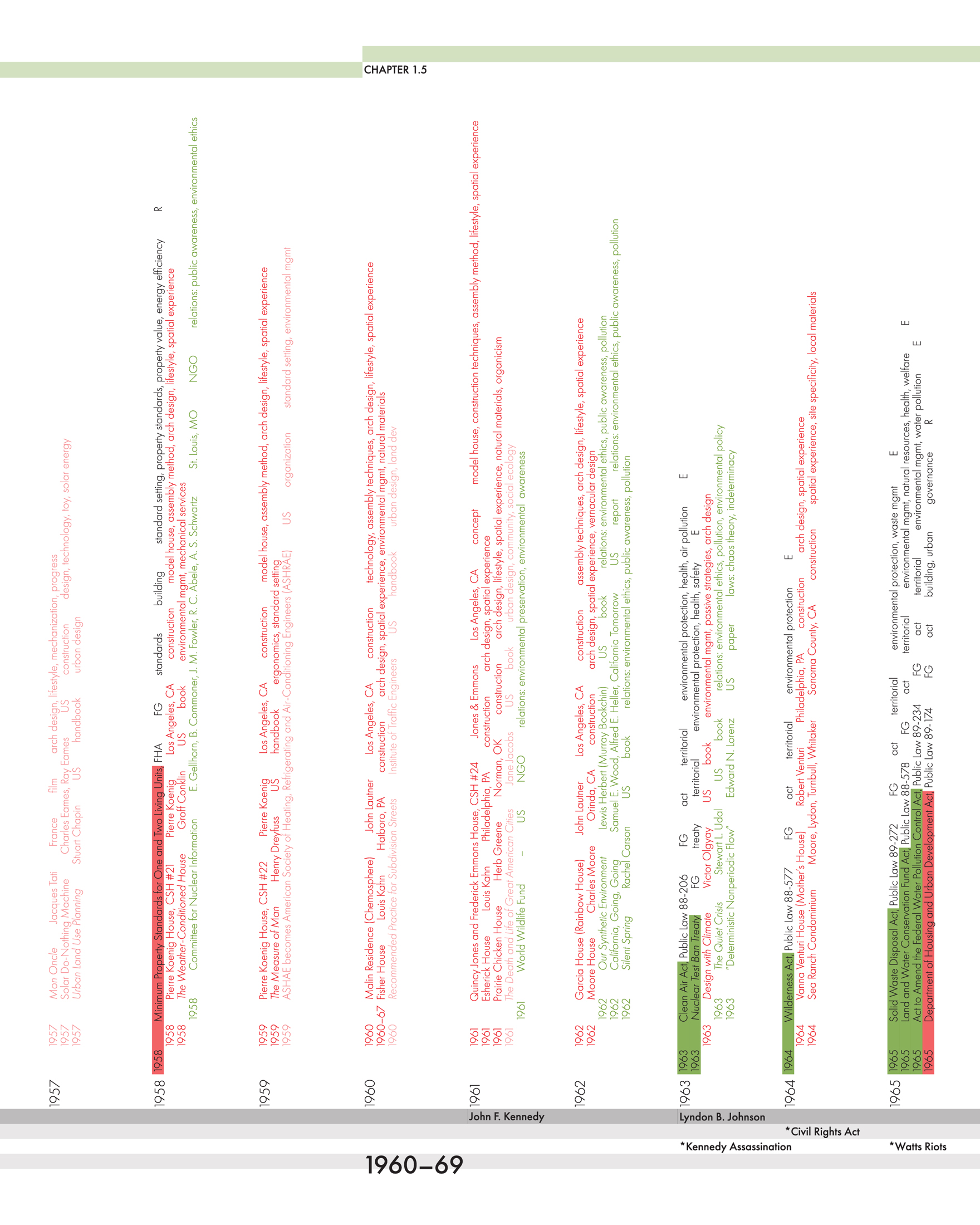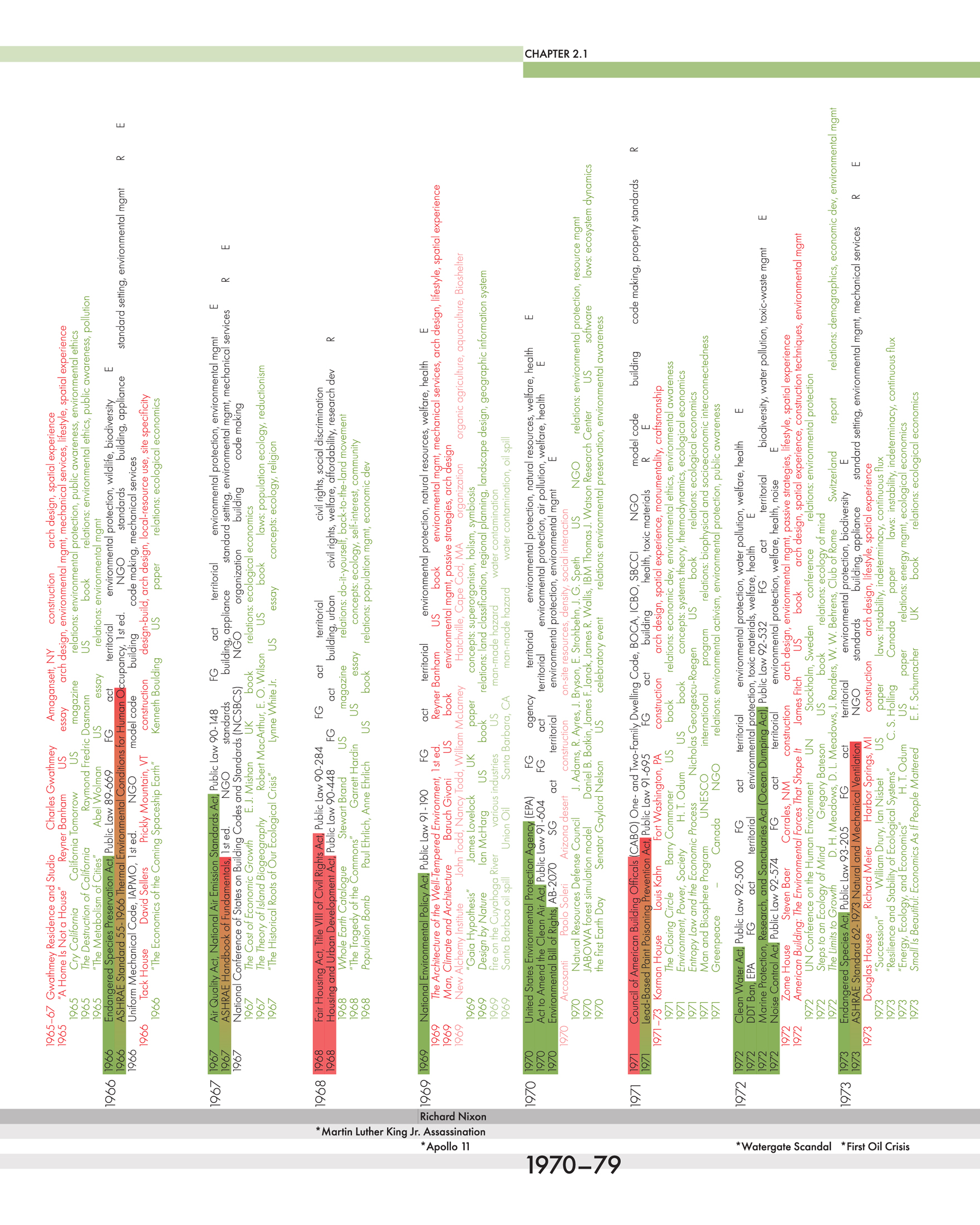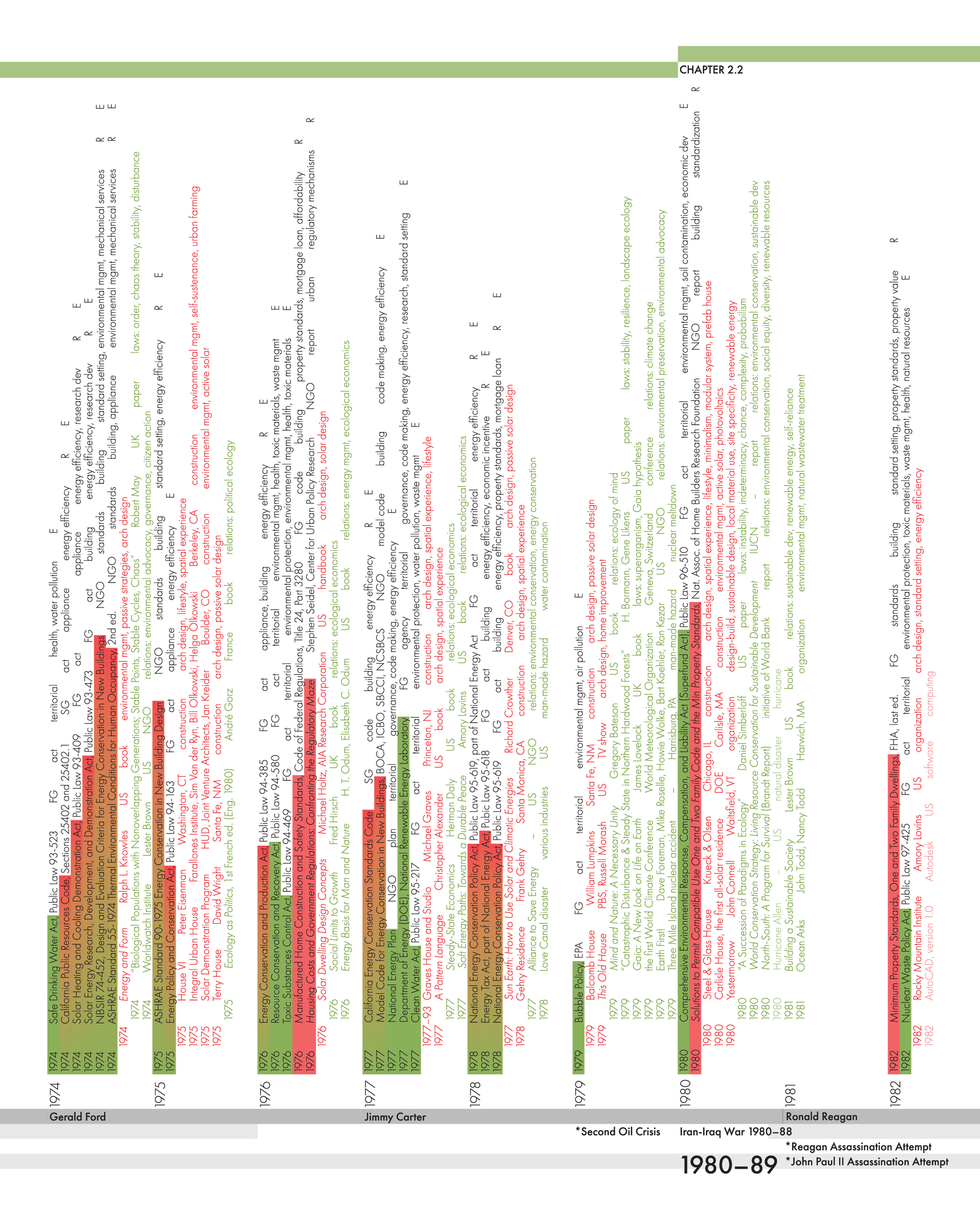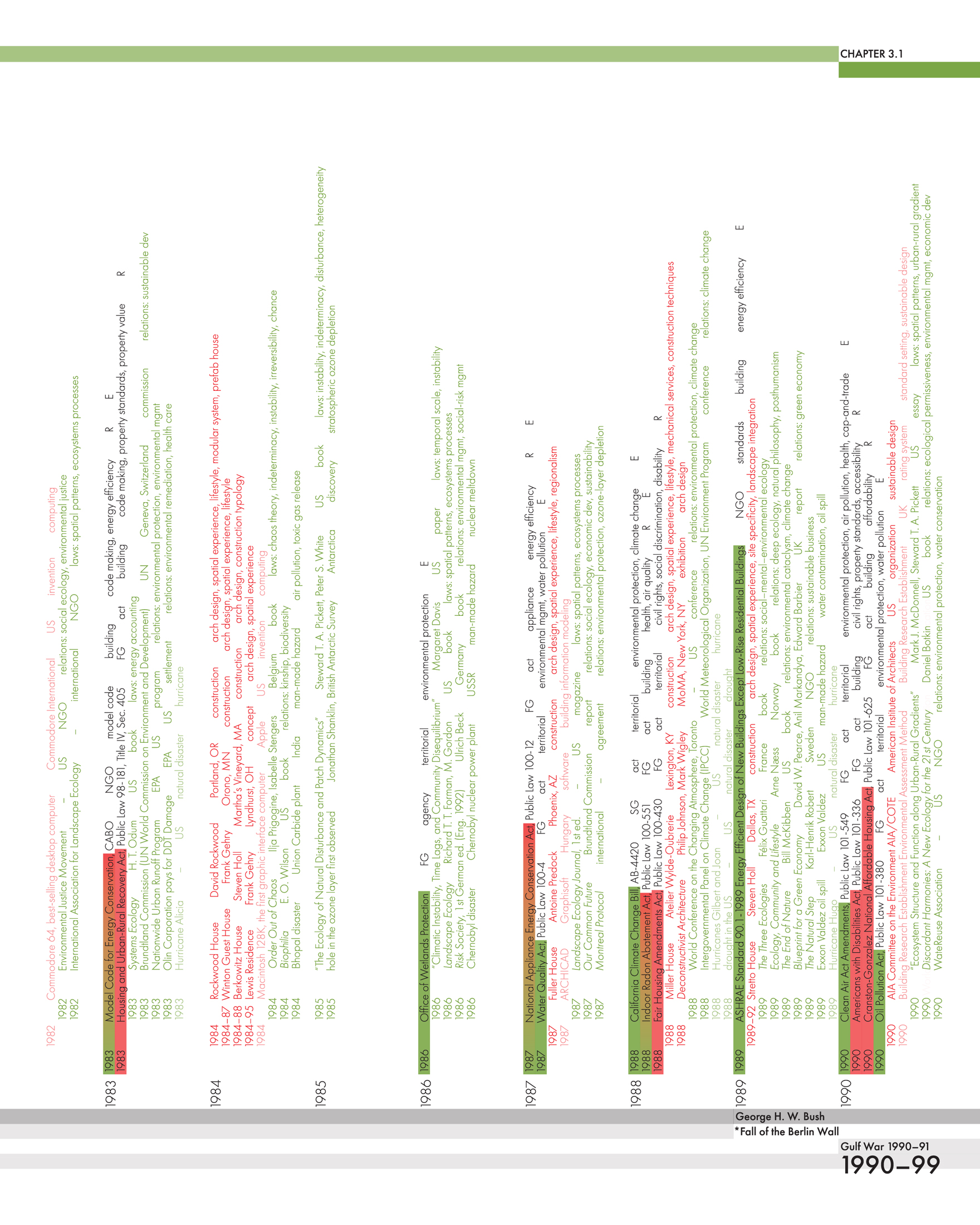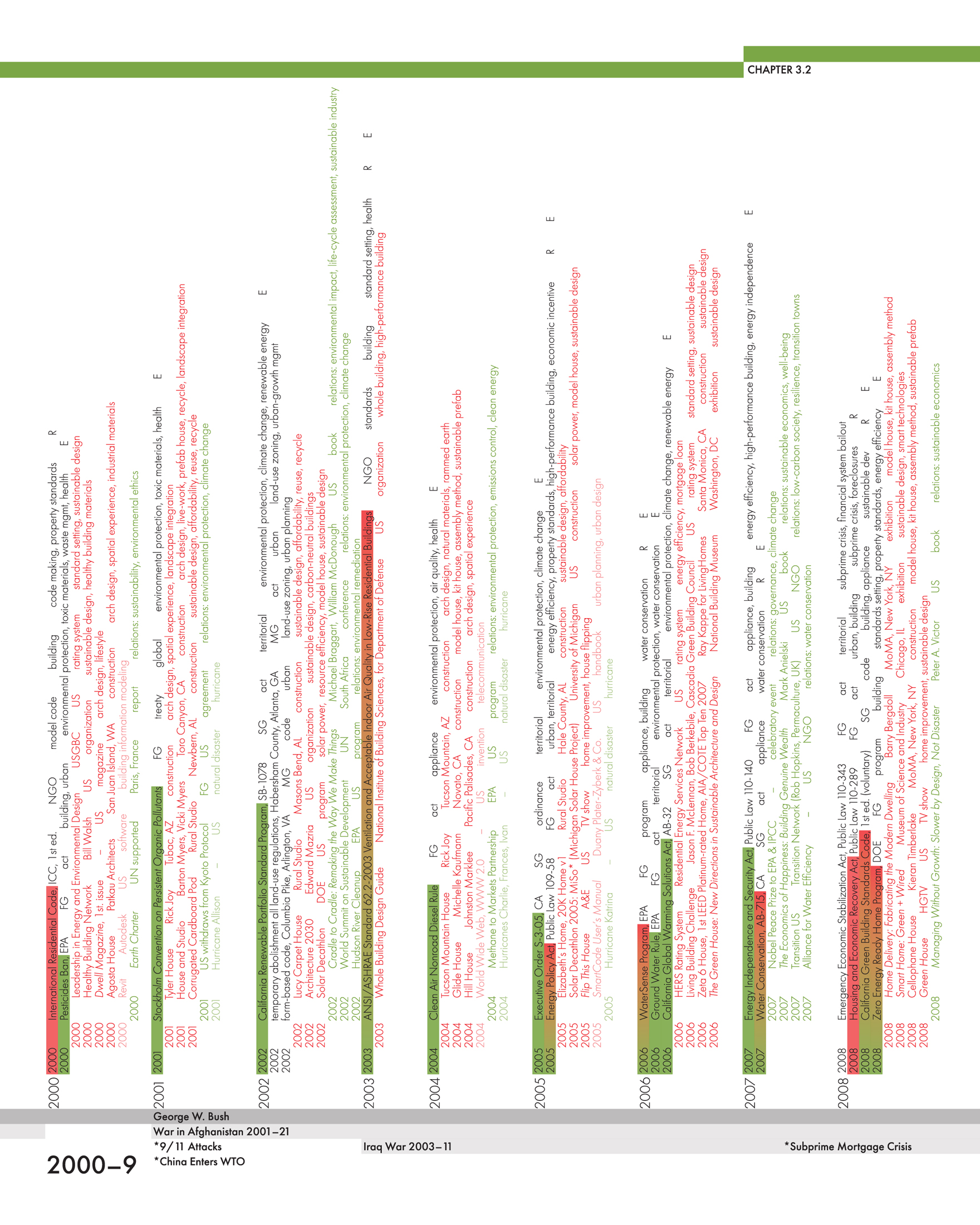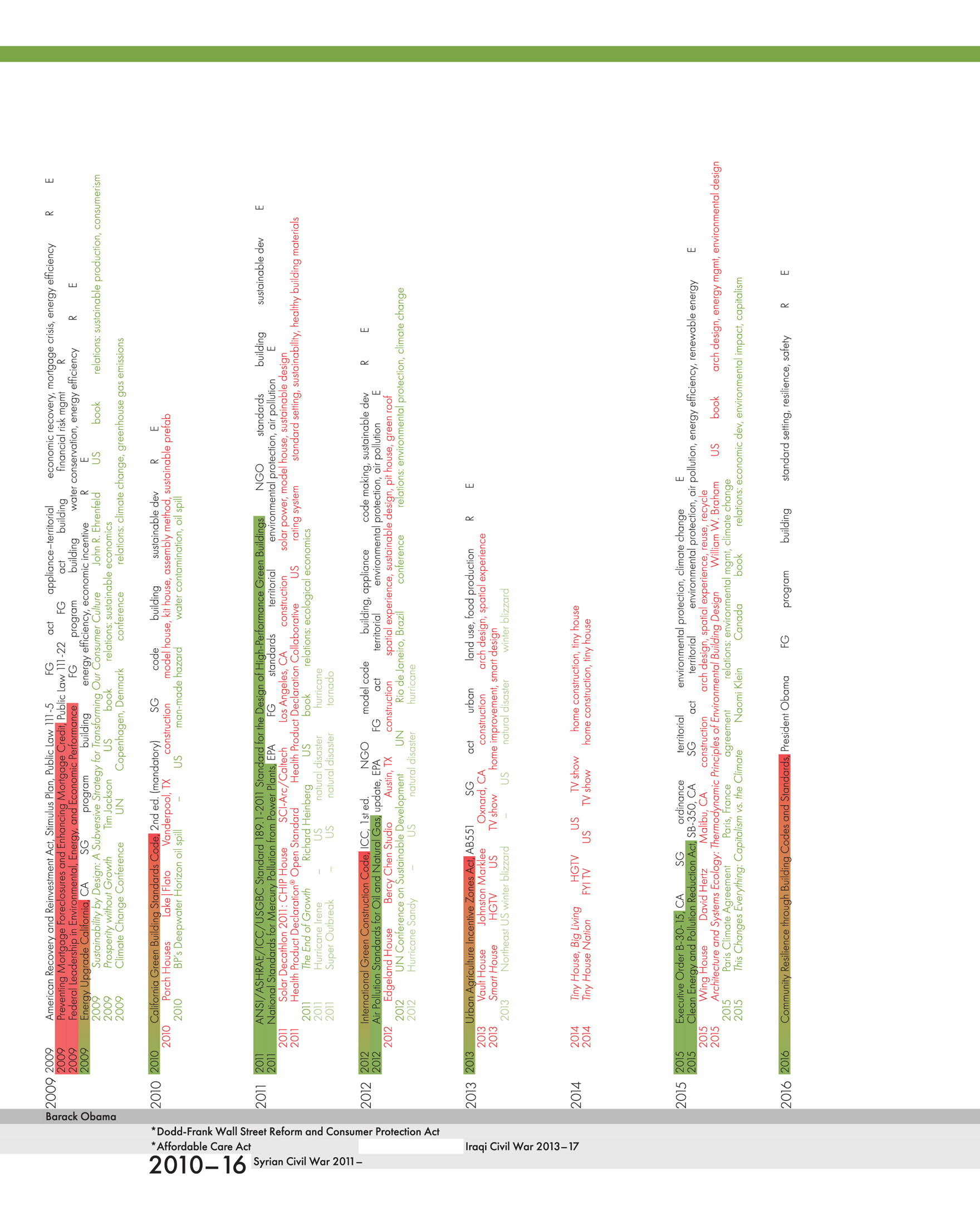Aleksandra Jaeschke - The Greening of Americas Building Codes: Promises and Paradoxes
Here you can read online Aleksandra Jaeschke - The Greening of Americas Building Codes: Promises and Paradoxes full text of the book (entire story) in english for free. Download pdf and epub, get meaning, cover and reviews about this ebook. City: Princeton, year: 2022, publisher: Princeton Architectural Press, genre: Art / Science. Description of the work, (preface) as well as reviews are available. Best literature library LitArk.com created for fans of good reading and offers a wide selection of genres:
Romance novel
Science fiction
Adventure
Detective
Science
History
Home and family
Prose
Art
Politics
Computer
Non-fiction
Religion
Business
Children
Humor
Choose a favorite category and find really read worthwhile books. Enjoy immersion in the world of imagination, feel the emotions of the characters or learn something new for yourself, make an fascinating discovery.

- Book:The Greening of Americas Building Codes: Promises and Paradoxes
- Author:
- Publisher:Princeton Architectural Press
- Genre:
- Year:2022
- City:Princeton
- Rating:4 / 5
- Favourites:Add to favourites
- Your mark:
The Greening of Americas Building Codes: Promises and Paradoxes: summary, description and annotation
We offer to read an annotation, description, summary or preface (depends on what the author of the book "The Greening of Americas Building Codes: Promises and Paradoxes" wrote himself). If you haven't found the necessary information about the book — write in the comments, we will try to find it.
The Greening of Americas Building Codes investigates the regulations and economic incentives meant to control the environmental impact of contemporary construction practices as it analyzes the history of residential building codes. The book exposes how the socioeconomic and political forces that influenced early building code development continue to define the character of current building codes and, by extension, determine how we regulate environmental impact and define sustainability today.
More relevant than ever, The Greening of Americas Building Codes is a valuable tool for architects, architecture students, builders, real estate developers, and homeowners who want to understand how public policy and their own day-to-day decisions impact the environment.
Aleksandra Jaeschke: author's other books
Who wrote The Greening of Americas Building Codes: Promises and Paradoxes? Find out the surname, the name of the author of the book and a list of all author's works by series.


